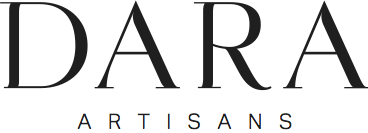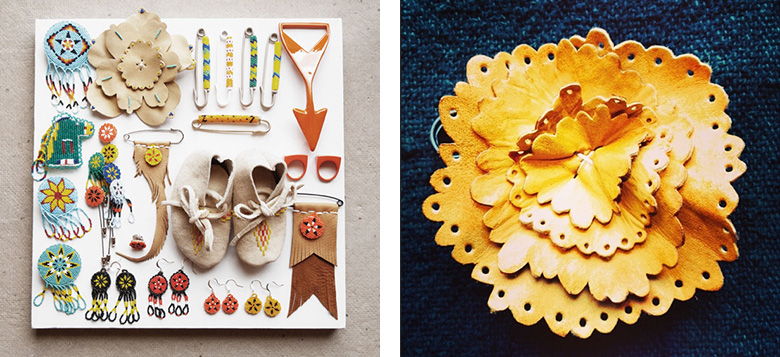RTH : The Global Truth
René Holguin of RTH embraces both the Southwest of his childhood and design’s ‘global truths’
 René Holguin, designer and founder of RTH, misses postcards. “I think a lot of what we [RTH] does is support lost arts, crafts, and gestures,” he says. RTH is both an accessories line and two Los Angeles-based boutiques, and it’s in the latter that Holguin showcases said postcards—which he calls “old-school texts”—as well as vintage goods, jewelry, apparel, and his own handmade designs, primarily rendered in leather and rich with a sense of history.
René Holguin, designer and founder of RTH, misses postcards. “I think a lot of what we [RTH] does is support lost arts, crafts, and gestures,” he says. RTH is both an accessories line and two Los Angeles-based boutiques, and it’s in the latter that Holguin showcases said postcards—which he calls “old-school texts”—as well as vintage goods, jewelry, apparel, and his own handmade designs, primarily rendered in leather and rich with a sense of history.
There’s art in every step of Holguin’s production process, thanks to the artisanal abilities of the RTH community: artisans, ranchers, suppliers, makers. He finds inspiration in how all of his collaborators “translate a concept,” and he often adapts his designs to their interpretations. “The guys that sew for me, some of them used to work with my dad as boot makers,” he says. “They didn’t know how to make a bag. So, I started to design based on what they knew how to do. I said, ‘Tell me what you’re an expert at, and what you like to do, and I’ll design something based on that.’ I didn’t want them to force them to do something they didn’t know how to do.”
“Tell me what you’re an expert at,
and what you like to do, and
I’ll design something based on that.”
He takes a similar approach to his materials. On sourcing his leather, for example, he doesn’t simply see a hide for an RTH wallet. He pursues pieces with “living histories,” possessing a larger story and meaning. “I work with a tannery that uses cows that have been free and roaming,” he says. “They’re out in the sun, filled with scratches from the elements. These things are all very real and natural. I see it as character—not a flaw.”
In some ways, Holguin’s sartorial and design sensibilities reference his childhood in El Paso, Texas, where his father was a leather boot-maker and his mother an interior designer; his shops overflow with thoughtfully curated references to classic American style. Yet examine an RTH design without this context, and it could have just as easily been crafted in Italy or Africa. Strong lines, durable materials, utilitarian forms, meticulous attention to make: These are universal design elements. “It’s funny, we’ll get that our designs seem very southwestern, or western, and I think the presentation can reference that,” he says. “But I’m really inspired by what I call ‘global truths.’
“Every indigenous culture expresses itself in some form of art or craft: beadwork, braiding, leatherwork, painting. Often, there are universal symbols present in this work, such as the sun. This brought me to the notion of global truths—the things we feel and experience anywhere in the world. And I think global truths can be translated to style. It can be in any language.”
“It’s funny, we’ll get that our designs
seem very southwestern, and I think the presentation
can reference that. But I’m really inspired
by what I call ‘global truths.’
Shop RTH




